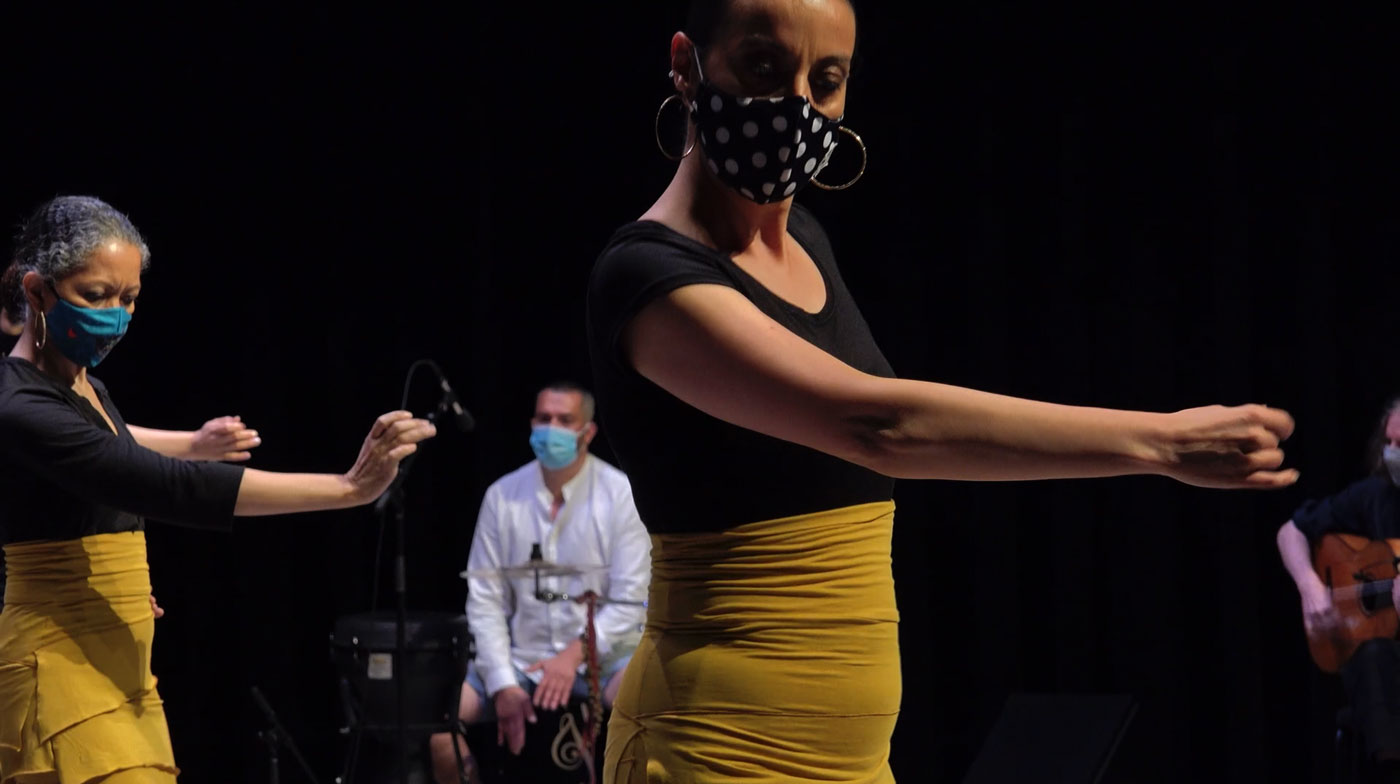professional training program
To apply, please email a letter of interest, your resume, and a short clip of you dancing.
After submitting applications, only selected participants will be contact for an interview.
*Minimum intermediate level experience required.
Submissions deadline: November 25, 2025
Interviews: first week of December 2025
Starting: January 10, 2026
Ending: December, 2028
Accepted students will train under Artistic Director Rosario Ancer, alongside company dancers Yurie Kaneko and Katia Flores
Flamenco is intimate and personal, each artist must develop their own unique style.
We’re currently accepting applications for our professional training program 2026–2028.
To apply, please email a letter of interest, your resume, and a short clip of you dancing.After submitting applications, only selected participants will be contact for an interview.
*Minimum intermediate level experience required.
Submissions deadline: November 25, 2025
Interviews: first week of December 2025
Starting: January 10, 2026
Ending: December, 2028
Accepted students will train under Artistic Director Rosario Ancer, alongside company dancers Yurie Kaneko and Katia Flores

Flamenco dance involves a technique and discipline no less defined than that required of a ballet dancer. It requires freedom of expression that has parallels in modern and/or contemporary improvisational forms. It also involves the understanding of complex rhythms and musical training.
Flamenco Rosario strives to develop professional dancers with a training and foundation steeped in the tradition of the art form – just like they would receive in Spain – but aims to develop dancers who will stretch, challenge and further experiment in their journey to find their own voice and style.
Our goal is to provide our students with a solid base of Flamenco Dance. We work you hard, but do not work you too fast - truly, learning flamenco is a difficult task. We concentrate on the foundation and provide you with the history and theory of the art form.
Flamenco Rosario strives to develop professional dancers with a training and foundation steeped in the tradition of the art form – just like they would receive in Spain – but aims to develop dancers who will stretch, challenge and further experiment in their journey to find their own voice and style.
Our goal is to provide our students with a solid base of Flamenco Dance. We work you hard, but do not work you too fast - truly, learning flamenco is a difficult task. We concentrate on the foundation and provide you with the history and theory of the art form.

